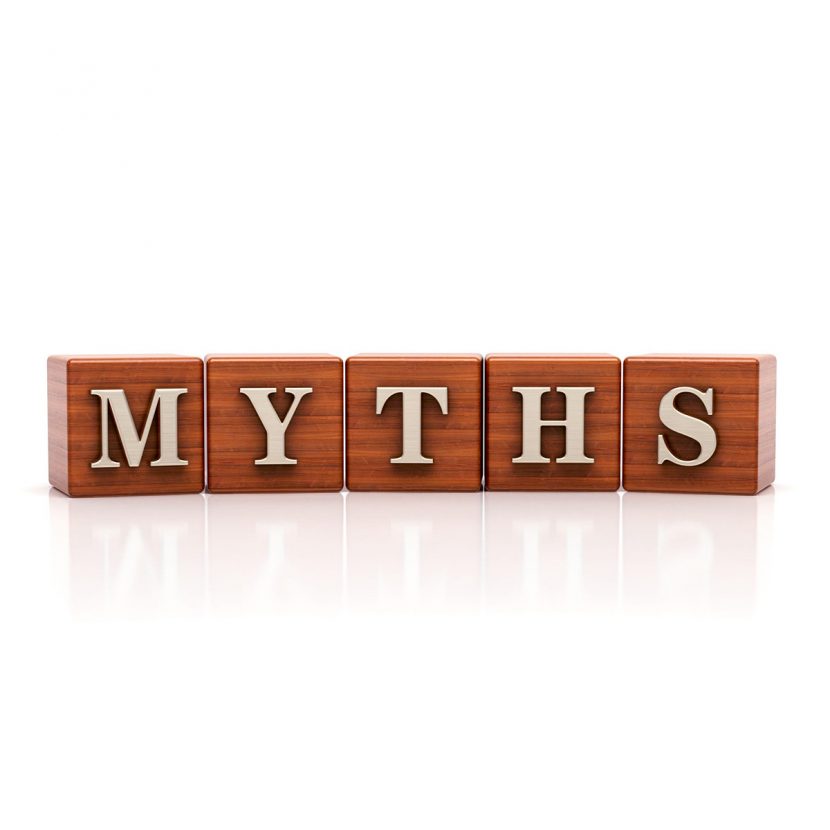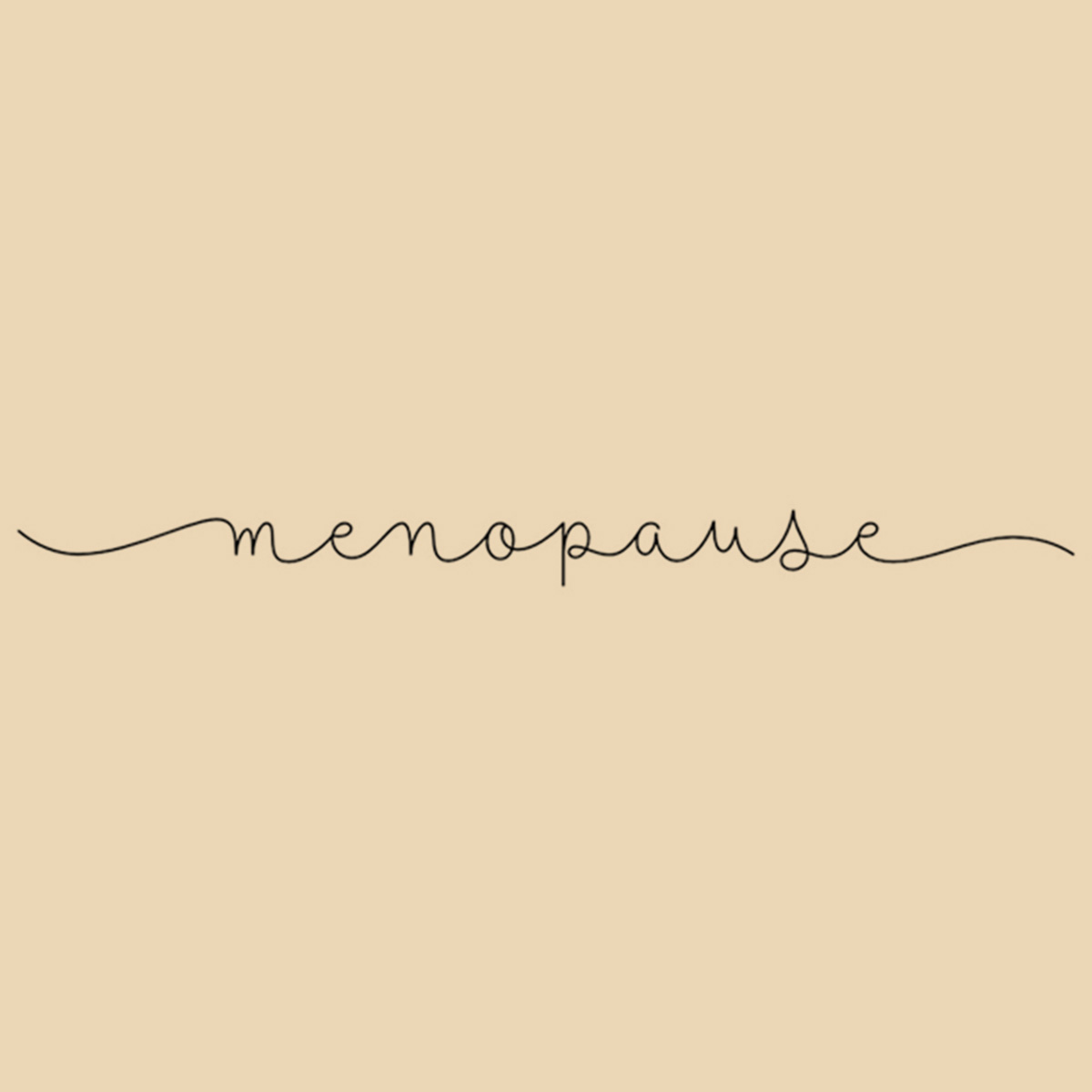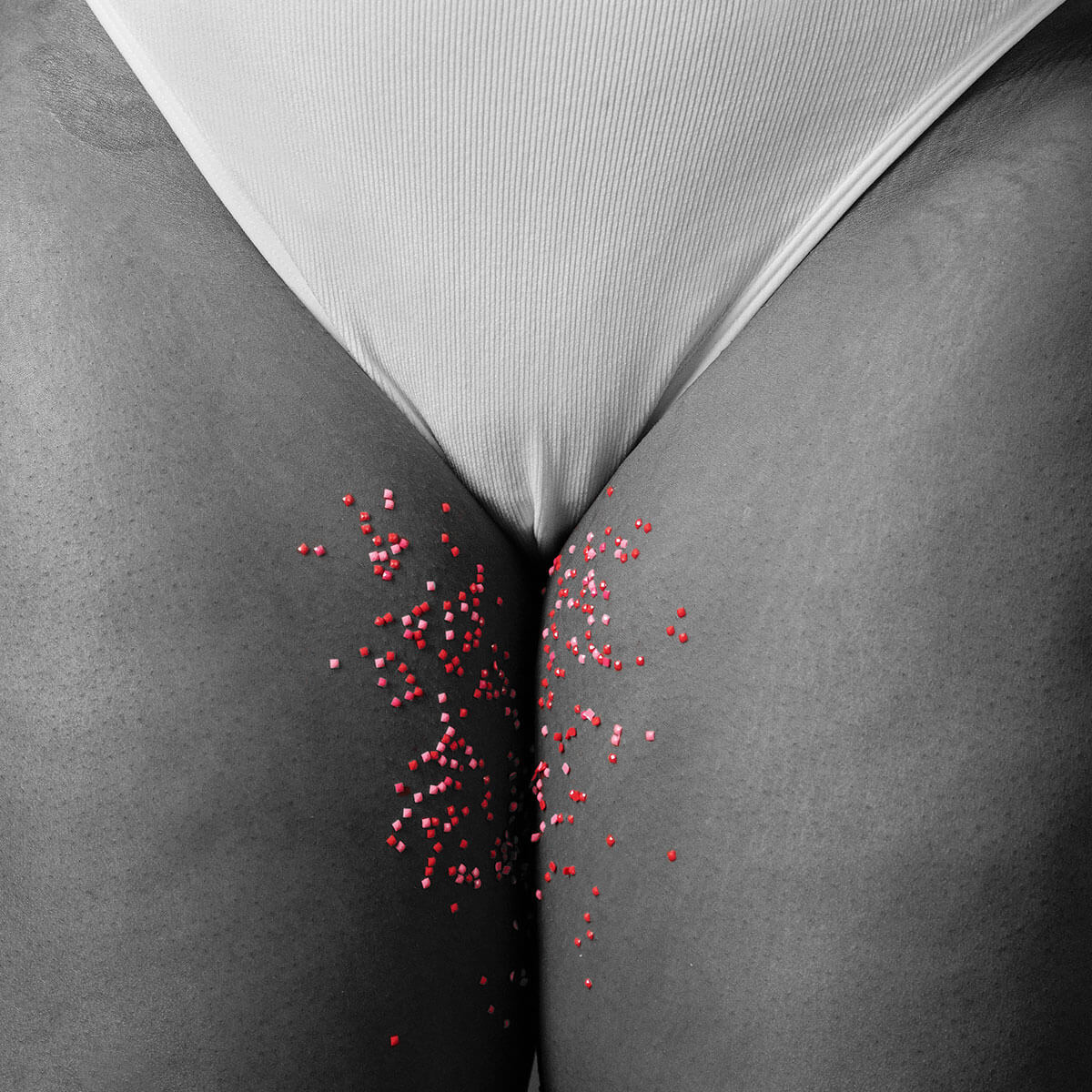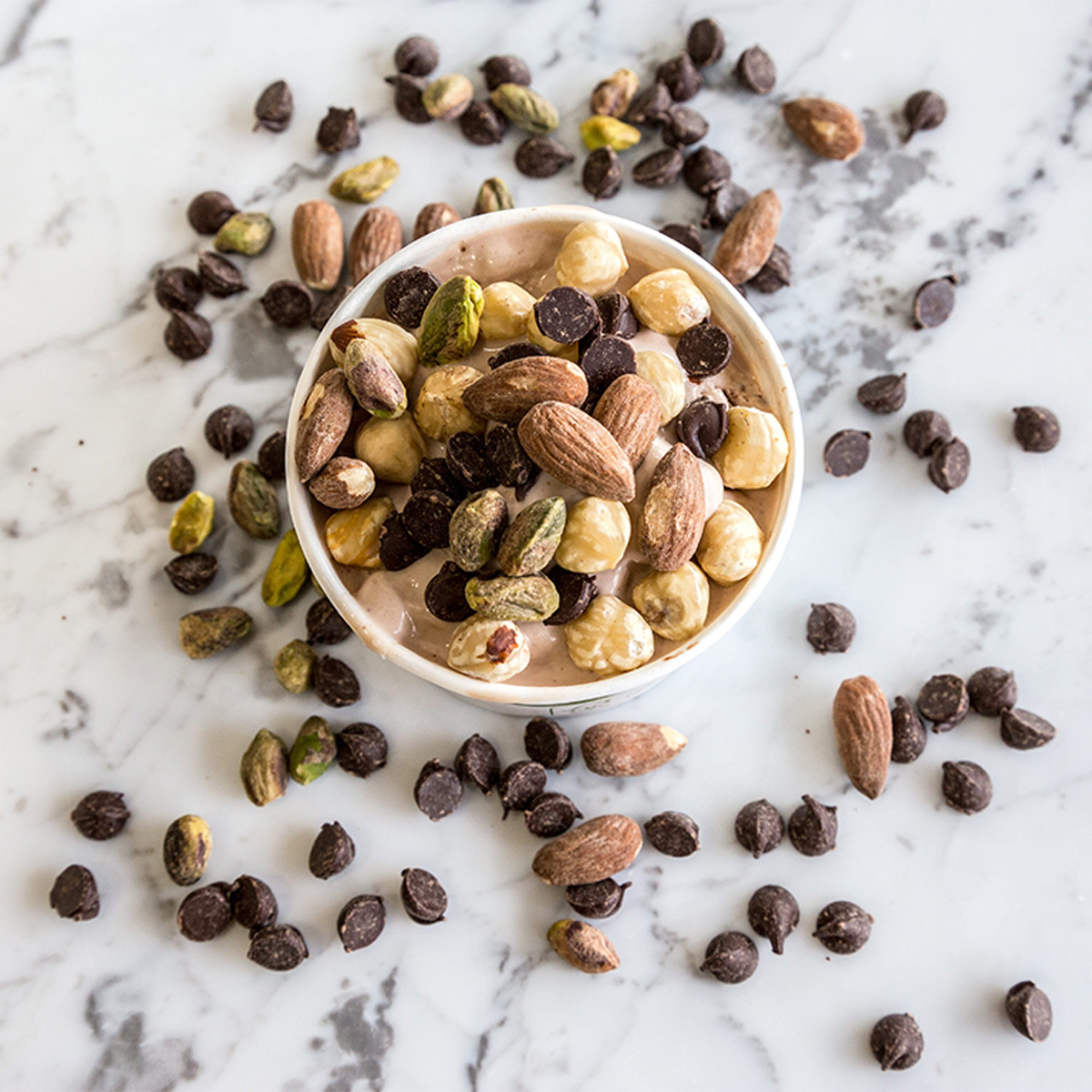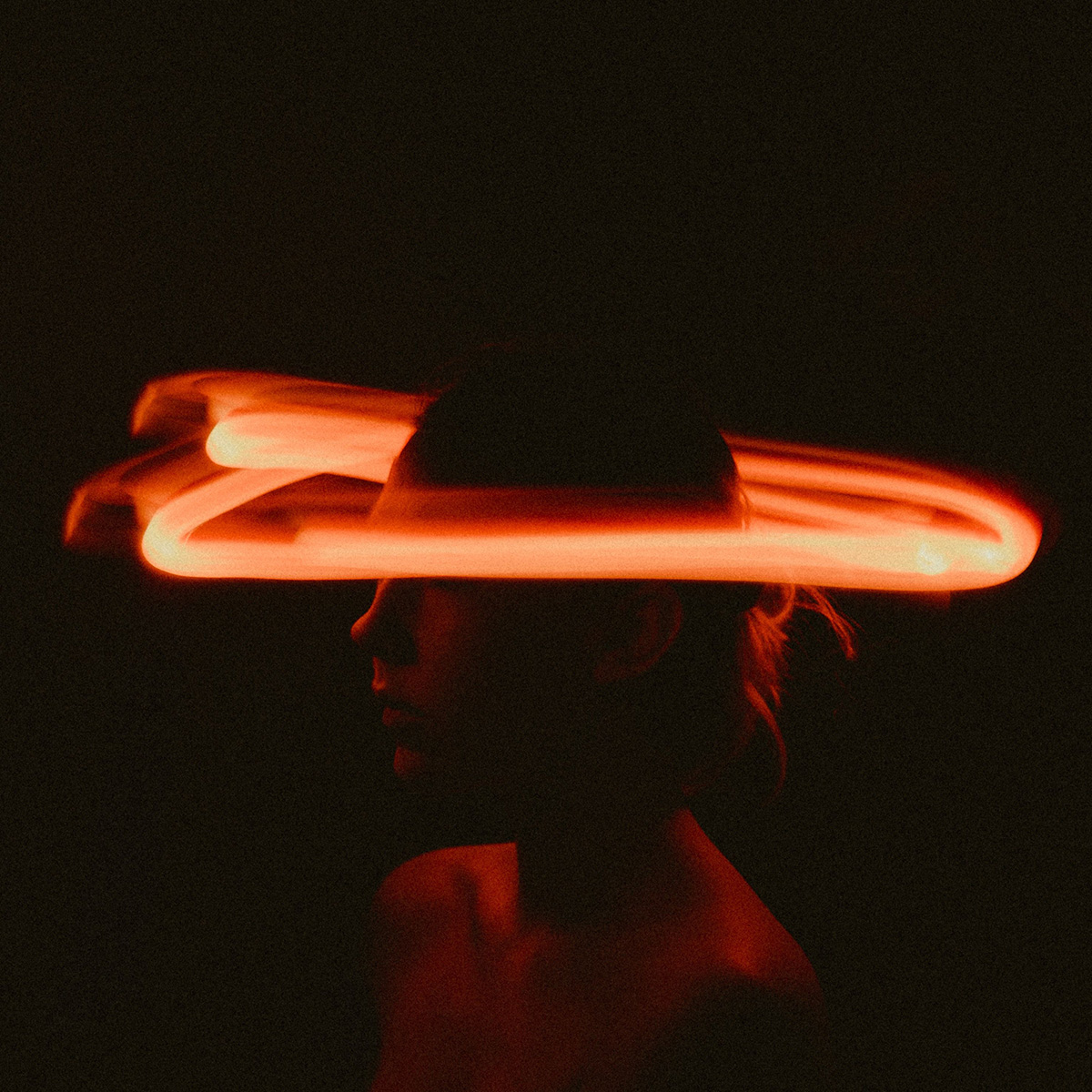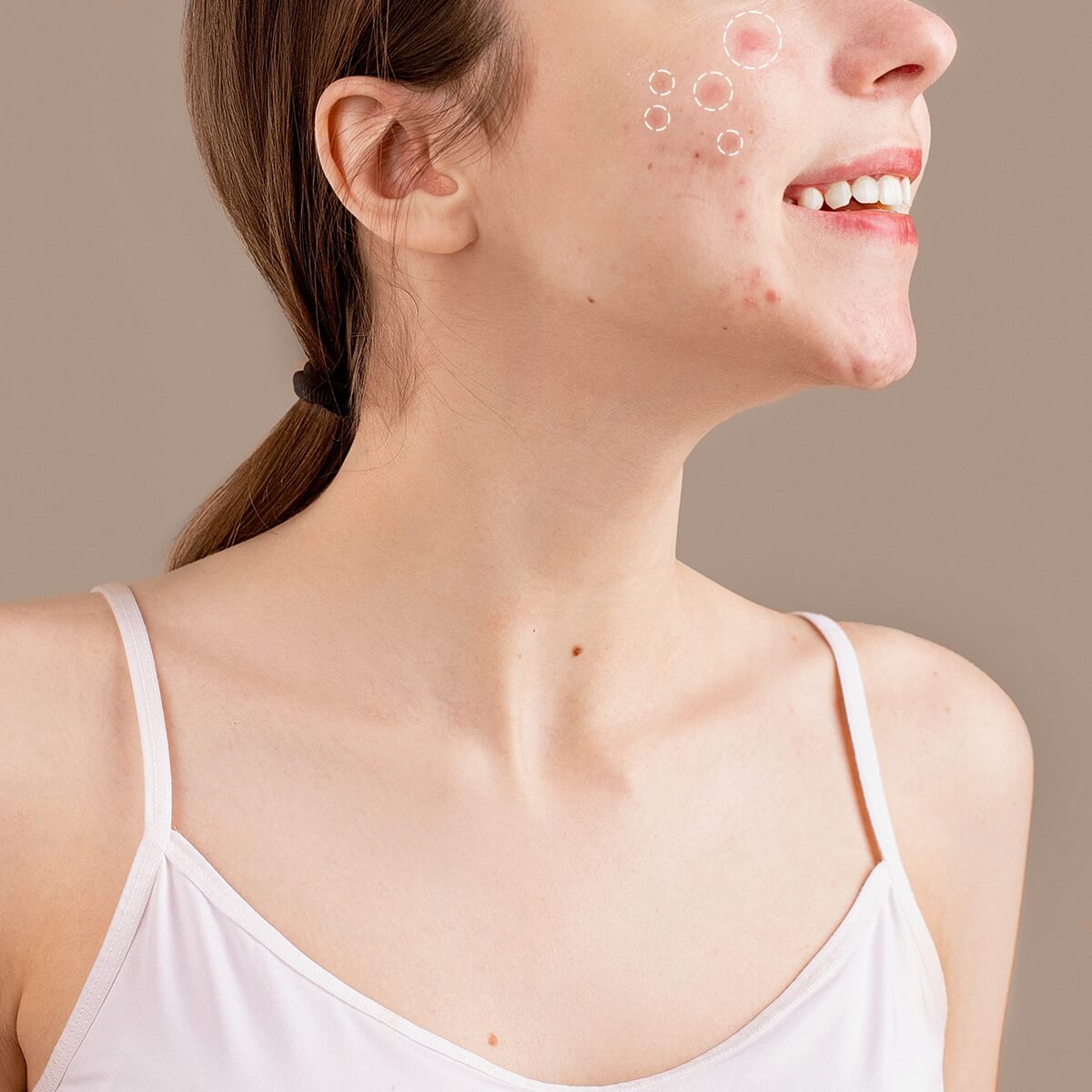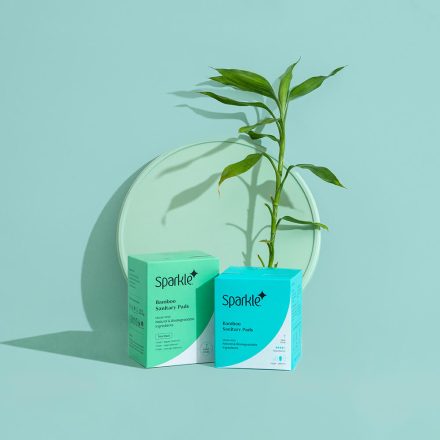Admit it – all of us, at some point in time, have heard our elders say, “Drink this! It will make you fairer” or “put on some sunscreen if you don’t want to look ugly!” or, the most popular one – “You won’t get a handsome groom if you are this dark. C’mon, drink this glass of milk, it has saffron in it!” Gone are those days. Gone are those people. Unfortunately, most of the perspectives they have implanted, still continue to linger in our society and in some minds.
India’s Obsession With The Concept Of White Skin
The concept of having ‘fair and bright skin’ has been a part of the Indian national psyche for years. Starting right from the colonial period that witnessed the inflow of light-skinned colonisers, to a family that lives below the poverty line, a majority of parents equate the premise of ‘fairness’ to ‘beauty’ and ‘eligibility’ – while the scenario is slowly changing, many families soaked in this stereotype still feel that their daughter(s) should be ‘fair’ to get married to an eligible bachelor. Across the ages, India has always had her share of prejudice towards ‘fairer’ skin – people with light skin have been considered slightly superior by default in the minds of the nation’s citizens, the marketing industry has latched on to the age-old stereotype and generated advertisements that cater to this, matrimonial websites still state this as a prerequisite, and many more such instances have been observed.
How Powerful Was This Light Skin Prejudice In India?
The British colonisers were able to establish India’s existing caste system, a socio-economic hierarchy on the basis of this. Doesn’t this explain the impact of this ideology? According to the classification, it can be observed that the upper caste people such as the Brahmins and Kshatriyas were traditionally powerful (while also being fair-skinned), while the lower castes, including the “untouchable” Dalits, performed manual tasks (because they were born with darker complexion). Although the distinguishment between light & dark skin stemmed from this, the major concern in the present day, is how a lighter skin tone has become the definition of ‘beauty’ more than the traits of power, authority or genuineness it exhibits.
The Role Of Brands, Media & Advertising
Media plays a major role in portraying fair-skinned complexion as an ‘absolute necessity’ in order to look ‘beautiful’. Advertisements that have had skin-whitening products in the forefront have always used adjectives of beauty as an integral part of their selling process. This, in turn, adversely impacted the mindsets and psyches of multiple women across the country and led to several insecurities regarding their darker skin tone. In addition, a large section of our society, especially people from Tier 2 and Tier 3 cities, still believe that one needs to have a fair skin tone to look beautiful. Having said that, it has to be noted that contemporary and new-age brands are coming up with creative campaigns these days with the vision of destroying these stereotypes. Sparkle is one such brand that has set “breaking age-old myths and stereotypes” as one of its primary goals. In addition to that, the brand’s USP is that it sells biodegradable sanitary pads online which helps in implementing a sustainable scheme that helps increase the lifespan of our planet.

How Does One Break-Free From These Stereotypes?
The only way through which one can break-free from such stereotypes is by creating a community that understands the objectives of a sensitive society and constantly strives towards breaking gender differences, socio-cultural distinctions as well as blind myths & misconceptions that exist in our society. As it goes, if you wish to witness a positive change in the world, it needs to start with you, based on the extent of effort you are willing to put in. Our collective goal should be trying to get rid of meaningless beauty standards and promoting self-love & self-care in every way possible!
